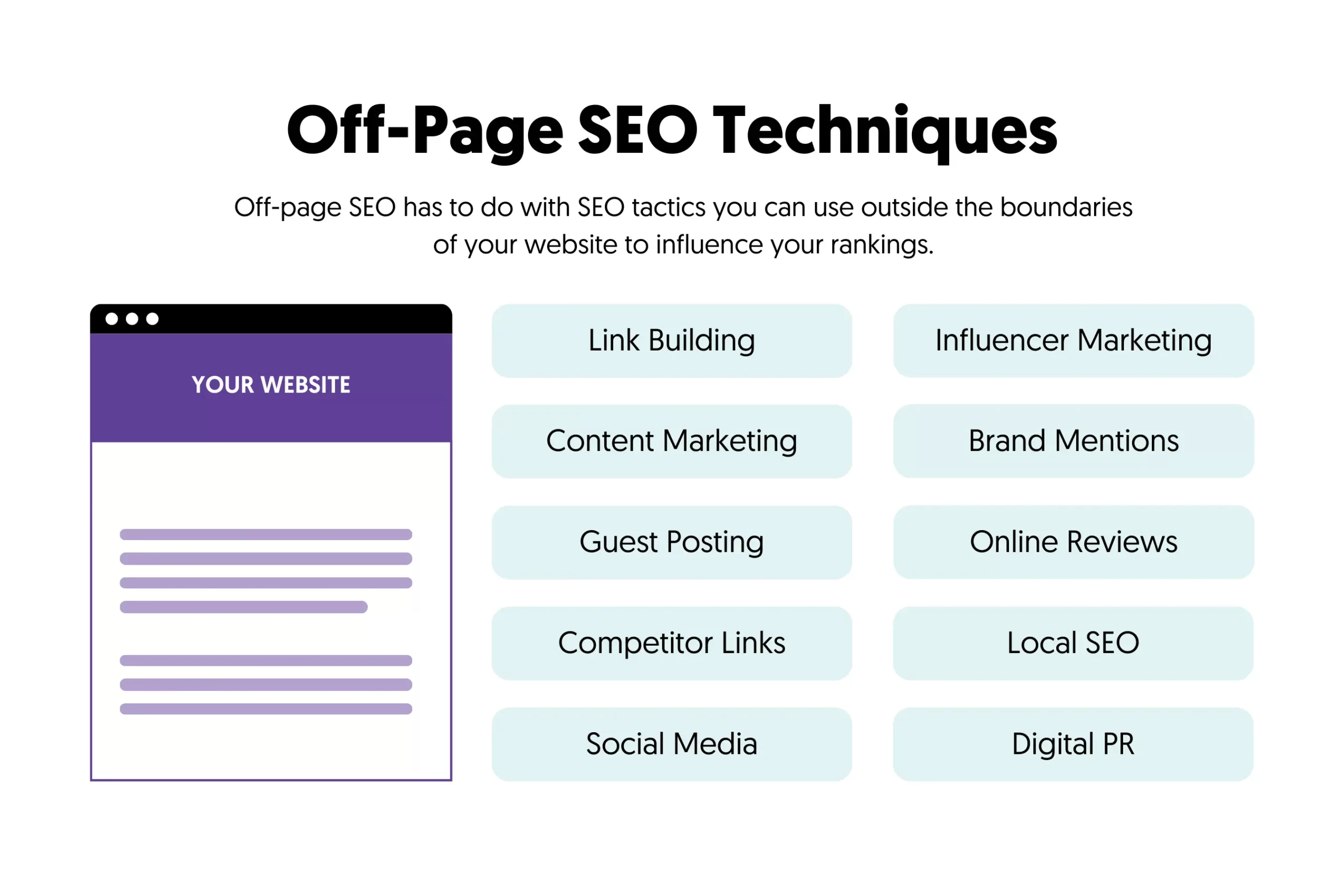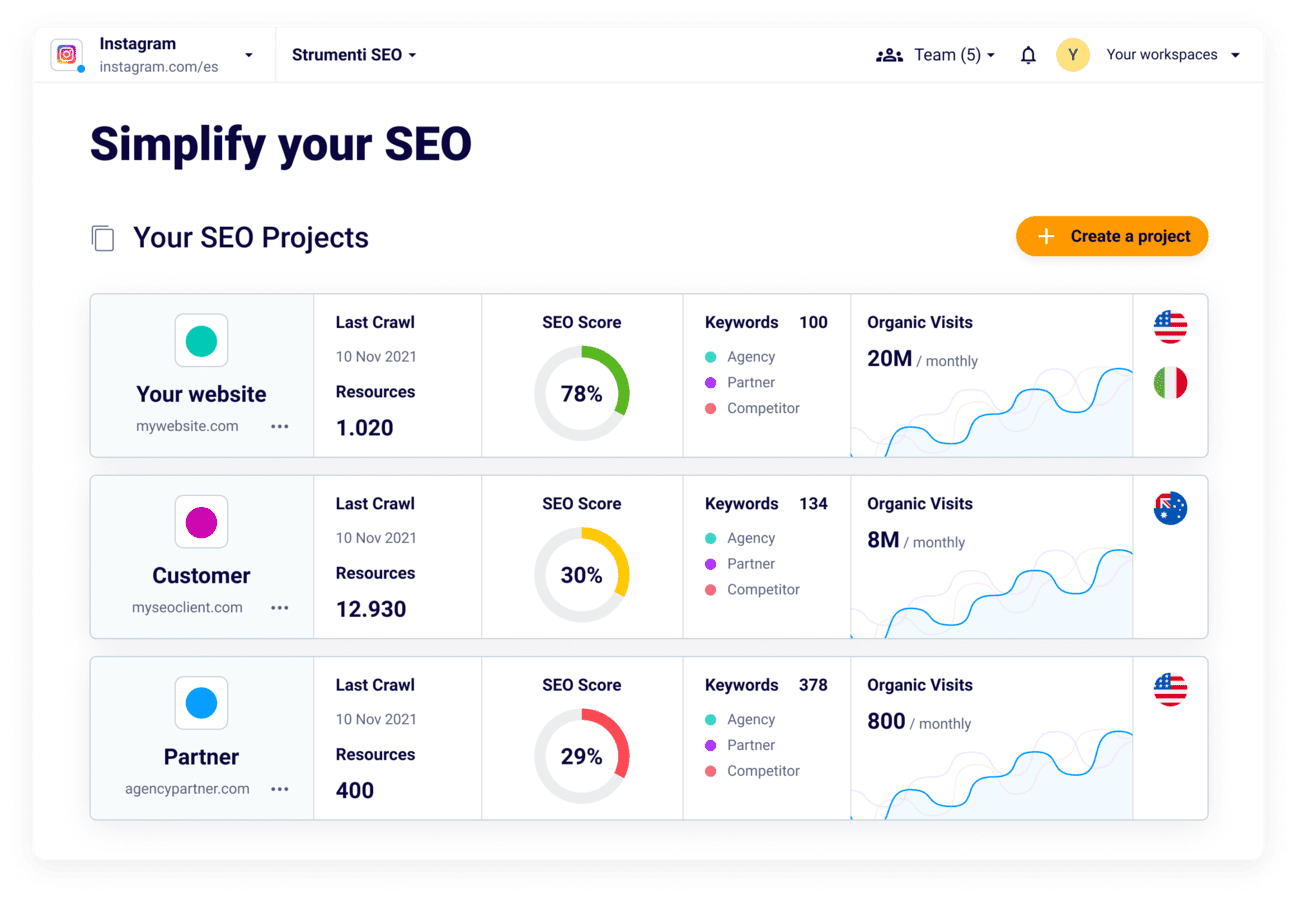Recognizing What Is Not Considered a Default Medium in Google Analytics: Insights
Recognizing What Is Not Considered a Default Medium in Google Analytics: Insights
Blog Article
Revealing the Unconventional Mediums in Google Analytics Beyond Default Setups
In the world of electronic analytics, Google Analytics stands as a foundation for organizations looking for to recognize their online visibility. While default setups use valuable insights, the real depth of recognizing hinge on exploring the unique mediums that frequently go unnoticed. By venturing past the surface area and diving into the complexities of social media data, e-mail campaign performance, recommendation traffic sources, direct web traffic patterns, and customized channel groupings, a bonanza of info waits for those ready to accept a more nuanced strategy. What exists beneath these unusual tools may just redefine exactly how companies view and plan their online initiatives.

Leveraging Social Media Site Insights
Sometimes overlooked, yet tremendously useful, is the technique of leveraging social media sites understandings within the realm of Google Analytics. By integrating data from platforms like Facebook, Twitter, Instagram, and LinkedIn into Google Analytics, companies can acquire a deeper understanding of their audience and the efficiency of their social networks projects.
Via this assimilation, online marketers can evaluate and track customer actions on their internet site that originates from social media platforms. They can recognize which social media networks are driving the most traffic, which material is resonating with the audience, and which projects are converting the most leads. This understanding permits data-driven choices to optimize social networks techniques and enhance overall advertising efficiency.
Additionally, by incorporating social media sites insights with Google Analytics, companies can develop more targeted and customized projects - what is not considered a default medium in google analytics. They can use group information, passions, and on-line habits gathered from social media to fine-tune their audience division and provide tailored messages that reverberate with particular client teams. This targeted approach can bring about greater involvement, enhanced conversions, and eventually, boosted return on investment
Discovering Email Project Efficiency
Uncovering Email Project Efficiency involves analyzing essential metrics and efficiency indicators to assess the effectiveness of email advertising and marketing efforts. When diving right into e-mail project performance, it is essential to evaluate metrics such as open prices, click-through prices, conversion prices, and unsubscribe rates. Open up prices show the portion of recipients that opened the e-mail, offering insight right into the efficiency of subject lines and sender names. Click-through rates determine the portion of receivers who clicked web links within the e-mail, revealing involvement degrees. Conversion rates track the percent of recipients that finished a desired action after clicking a web link in the email, such as buying or signing up for a newsletter. Lastly, unsubscribe rates highlight the variety of recipients who decided out of receiving additional emails, clarifying e-mail material quality and significance. By assessing these metrics, marketers can adjust their email advocate better engagement and efficiency.
Analyzing Recommendation Web Traffic Resources
After assessing the performance of email campaigns with key metrics such as open prices and conversion prices, the next essential action is evaluating referral website traffic resources in Google Analytics to comprehend where site site visitors are coming from and just how they engage with the site. Recommendation website traffic resources refer to the sites that route users to your site with clickable links. By diving right into this information, companies can gain understandings into which external platforms are driving traffic to their site, whether it be social media platforms, partner internet sites, or online directory sites.
Examining recommendation traffic can give important info on the effectiveness of outside marketing efforts and partnerships. It aids businesses determine high-performing this website reference sources that contribute considerably to website traffic and conversions. By understanding the actions of site visitors coming from different reference sources, companies can customize their advertising approaches to maximize engagement and conversions. Google Analytics uses thorough reports on reference traffic, enabling services to track the performance of each referral resource precisely and make data-driven choices to enhance their online visibility.
Discovering Direct Website Traffic Patterns
Exploring the direct web traffic patterns in Google Analytics supplies important insights right into individual habits and the efficiency of campaigns - what is not considered a default medium in google analytics. Straight web traffic refers to visitors that arrive on a site by straight inputting the URL right into their internet browser, making use of book markings, or clicking on untagged links. Understanding direct traffic patterns can help marketers review the effect of offline advertising and marketing efforts, brand name recognition, and the performance of word-of-mouth referrals
By delving into straight website traffic information, companies can reveal crucial details regarding customer intent and brand commitment. Examining the behavior of straight site visitors, such as the web pages they go to, the moment spent on website, and the conversion price, can give a much deeper understanding of user involvement and the total effectiveness of the site in converting visitors into consumers.
Moreover, tracking straight website traffic patterns with time enables companies to determine patterns, seasonality results, and the success of particular campaigns or promos in driving straight visits. This info can after that be utilized to refine marketing methods, enhance internet site web content, and improve the overall user experience to optimize conversions.
Using Custom-made Channel Groupings
Utilizing customized channel collections in Google Analytics enables companies to classify and evaluate their site web traffic based on details requirements, supplying useful insights for enhancing advertising and marketing techniques. Custom channel collections make it possible for firms to produce their own personalized groups of web traffic sources, such as social media, natural search, e-mail projects, and reference web traffic. By defining these groupings, businesses can get a deeper understanding of how different special info marketing networks contribute to their website traffic and conversions.
This feature is specifically valuable for organizations with varied advertising approaches across different systems. A company running both paid and natural social media projects can distinguish between the 2 to examine their private efficiency precisely. In addition, custom-made network collections can aid recognize any neglected or ignored web traffic resources that might be driving beneficial involvement.
Conclusion

By venturing past the surface and delving right into the intricacies of social media information, e-mail project performance, reference website traffic sources, straight website traffic patterns, and personalized channel groups, a prize trove of info awaits those willing to accept a more nuanced method. They can determine which social media channels are driving the most traffic, which content is reverberating with the target market, and which projects are converting the most leads.After examining the performance of email campaigns with key metrics such as open prices and conversion prices, the next essential step is analyzing referral web traffic check that sources in Google Analytics to comprehend where website visitors are coming from and how they communicate with the site. Custom channel groups enable companies to develop their own tailored collections of traffic resources, such as social media, organic search, email projects, and recommendation web traffic. By leveraging social media insights, uncovering email project efficiency, examining recommendation web traffic sources, exploring straight traffic patterns, and utilizing customized channel groups, marketing experts can obtain beneficial understandings into their online presence.
Report this page